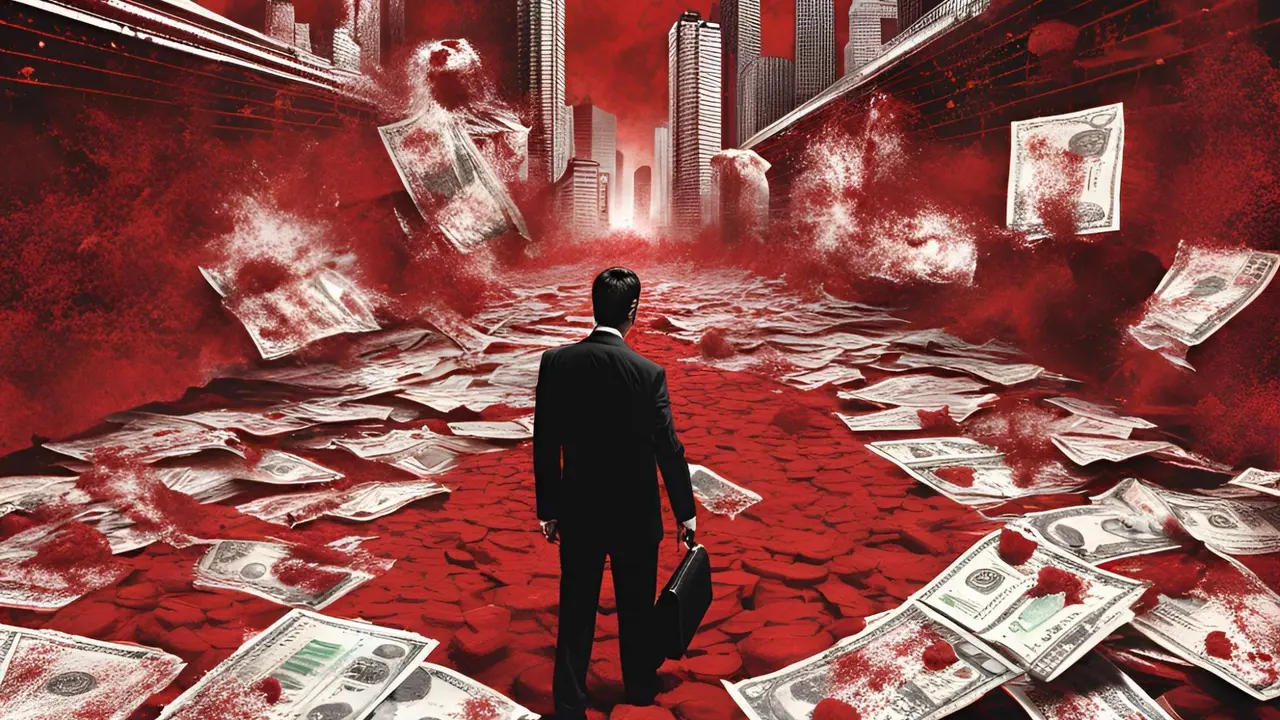Updated 7 April 2025 at 16:24 IST
Top 5 Biggest Crashes In Indian Share Markets’ History: Harshad Mehta, Ketan Parekh And More
The Indian benchmark indices, Sensex and Nifty 50 crashed on Monday due to fears of recession in the US, backed by a potential trade war.
- Republic Business
- 3 min read

The Indian benchmark indices, Sensex as well as Nifty 50 crashed on Monday and fell in the global markets due to fears of recession in the United States impacted by a potential trade war triggered by the US president Donald Trump imposing reciprocal tariffs.
While the Sensex crashed nearly 4,000 points, the Nifty 50 fell below 21,750 in early deals on April 7. The benchmark Nifty 50 slumped towards a one-year low and the Midcap and Smallcap indices fell up to 10%.
The Sensex opened on Monday 5.19% lower or at 3,914.75 points lower at 71,449.94, while the Nifty 50 began trading with a drop of 5% or 1,146.05 points lower at 21,758.40, which is one of the biggest single-day falls in history.
Approximately Rs 16 lakh crores were lost by investors within minutes as the overall market capitalisation of the BSE-listed firms dropped to Rs 387 lakh crore from over Rs 403 lakh crore in the previous session.
Advertisement
This stock market crash is being compared to lack Monday which happened on October 19, 1987, and was the first modern global financial crisis.
Some of the top single-day market crashes are as follows:
Advertisement
1. Harshad Mehta Scam:
India's stock market received its first major shock in 1992, after the Harshad Mehta scam got exposed. The Sensex crashed after the scam, which was estimated at Rs 4,000 crore, came to light.
The Indian stock market had recorded its biggest single-day fall on April 28, 1992, as the Sensex plunged 570 points, or 12.7%. Eventually, this scandal led to several reforms in the Indian financial system, which ultimately strengthened SEBI's power,
2. Ketan Parekh Scam
Yet another manipulation had rocked the Indian stock market in 2001, which involved a broker called Ketan Parekh. As the scam was uncovered, the dot-com was still fresh and as a result the markets panicked. The Sensex dropped 176 points on March 2, 2001, or 4.13%. Additionally, this crash also coincided with the Gujarat earthquake along with weak global cues, which made things worse.
3. Election Shock Crisis
During the 2004 General Election results, the Indian stock markets were highly affected as the result had shocked the people. UPA had won unexpectedly over the NDA and this had raised concerns about the continuity of economic reforms.
The Sensex had recorded a severe single-day crash, falling 11.1%. As the panic intensified the stock market had to be halted twice during the day. Ultimately, the markets returned to stability once the UPA indicated that they were committed to reforms.
4. Global Financial Crisis
There was a global financial meltdown in 2008 as the Lehman Brothers collapsed in the US. Consequently, the Sensex plunged 1,408 points, or 7.4% on January 21, 2008, due to fears of a global recession and mass sell-off took place by foreign institutional investors (FIIs).
Following this, the Sensex fell nearly 60% from its peak, marking one of the worst bear phases in he history of the Indian markets.
5. COVID-19 Pandemic Crisis
Due to the COVID-19 outbreak, a large number of stocks were triggered in a very severe single-day crash in Indian stock market history. The Sensex crashed 3,935 points, or 13.2% on march 23, 2020, as India made the announcement of a nationwide lockdown. However, the markets rebounded strongly in the following months.
Published By : Sagarika Chakraborty
Published On: 7 April 2025 at 14:24 IST
